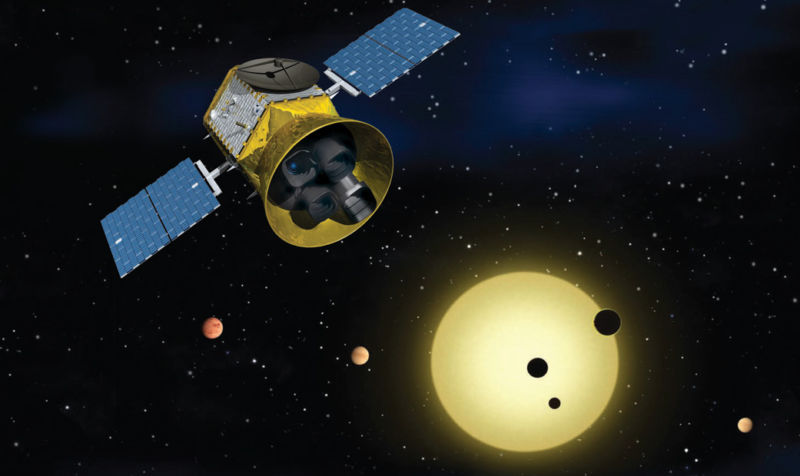
Enlarge / The TESS planet-finding observatory. (credit: NASA)
For centuries, scientists only had a limited number of examples to look at when it came to understanding the formation of planets. As we've discovered ever-increasing numbers of worlds, however, we've found many that look like nothing what we have in our Solar System: hot gas giants, super-Earths, mini-Neptunes, and more. So, it can be a relief to find something that looks like a familiar planet, since it indicates the processes that formed the Solar System may not be unusual.
A new discovery definitely falls into that category, as researchers have announced finding what appears to be an extremely iron-rich planet that, at least composition-wise, is very similar to Mercury. The difference is that it's nearly on top of its star and is probably hot enough that any iron on the surface could potentially be molten.
A very short year
The new planet was found orbiting a red dwarf star named GJ 367 that's about 30 light years from Earth. Red dwarfs are small, dim stars, which makes identifying planets around them easier. A planet that orbits between a red dwarf and Earth will block out proportionally more of the star's light. And, because the star is low mass, a planet's gravity will cause it to shift further when it orbits, creating larger Doppler shifts in the light originating from the star.
Read 8 remaining paragraphs | Comments
